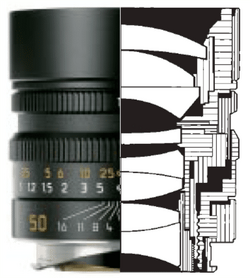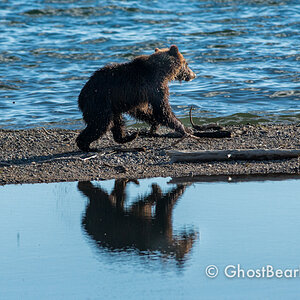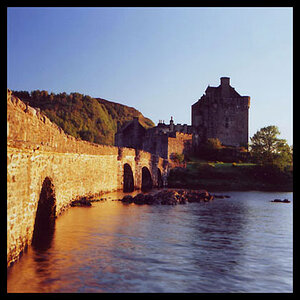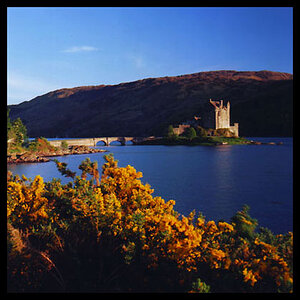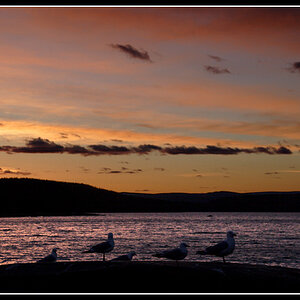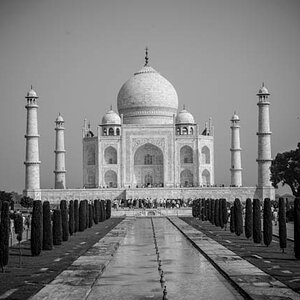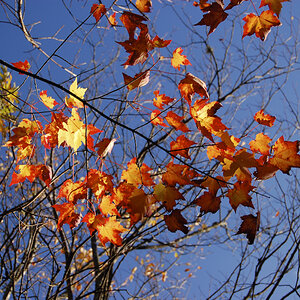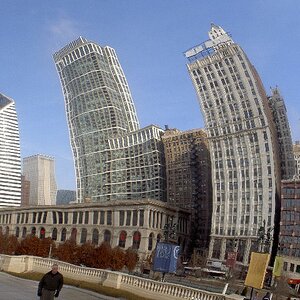gryffinwings
No longer a newbie, moving up!
- Joined
- Apr 28, 2012
- Messages
- 553
- Reaction score
- 48
- Location
- San Diego, CA
- Can others edit my Photos
- Photos NOT OK to edit
Just curious, but I have the following questions:
Why have Lenses gotten so much larger than the older manual focus lenses?
Why do Lenses have so many more glass elements compared to older lenses? I thought, in general, more glass is not so good for certain image quality aspects.
Couldn't Nikon, etc... create a new lens with fewer elements and better coatings to create a superior lens?
Take the Nikkor 105mm f2.5 AI-s is a lens with five elements in four groups. But everything I've heard it is an excellent lens.
Now I get the idea for SWM makes things a little larger width wise, but newer lenses tend to be a bit heavier in regards to "Professional Grade". My Nikkor 80-200mm f2.8 is a pretty heavy pig, not the most enjoyable lens to lug around.
Thoughts?
Why have Lenses gotten so much larger than the older manual focus lenses?
Why do Lenses have so many more glass elements compared to older lenses? I thought, in general, more glass is not so good for certain image quality aspects.
Couldn't Nikon, etc... create a new lens with fewer elements and better coatings to create a superior lens?
Take the Nikkor 105mm f2.5 AI-s is a lens with five elements in four groups. But everything I've heard it is an excellent lens.
Now I get the idea for SWM makes things a little larger width wise, but newer lenses tend to be a bit heavier in regards to "Professional Grade". My Nikkor 80-200mm f2.8 is a pretty heavy pig, not the most enjoyable lens to lug around.
Thoughts?



